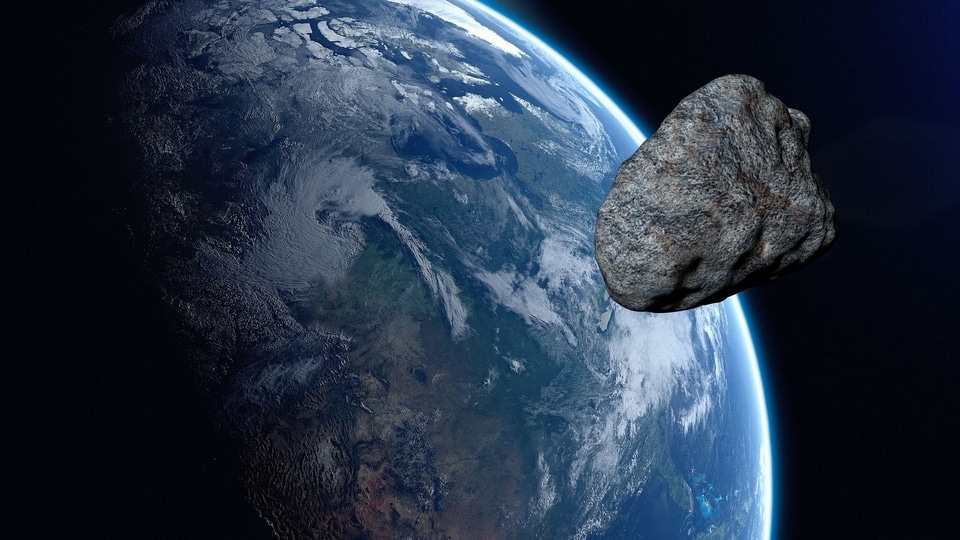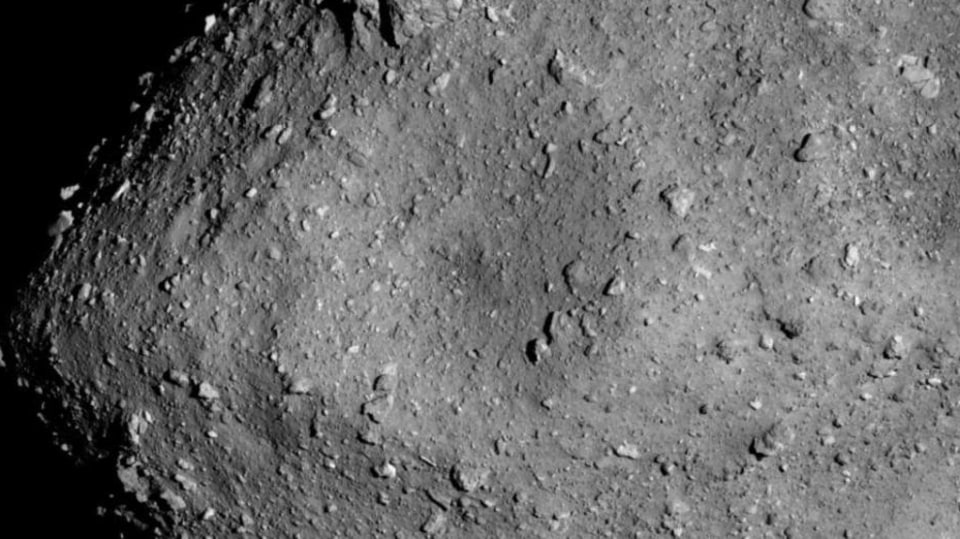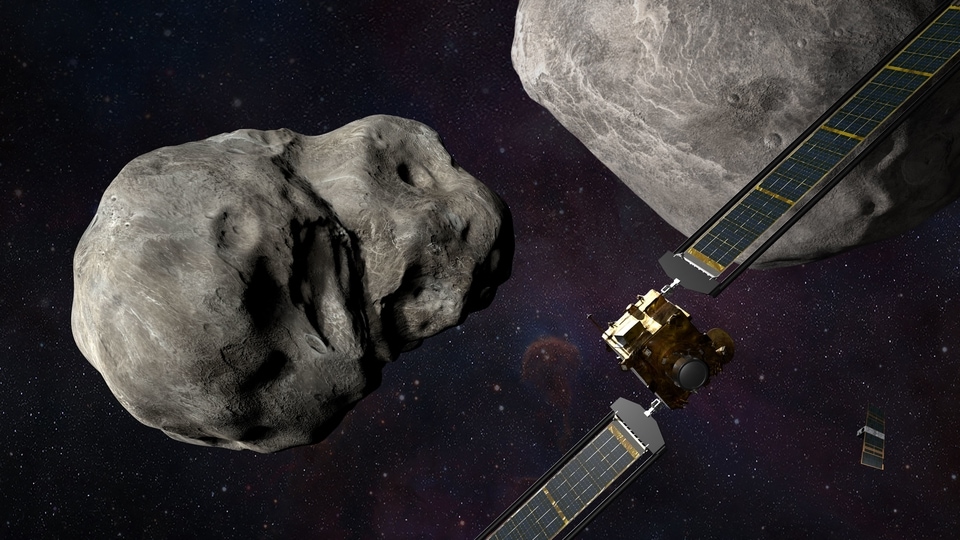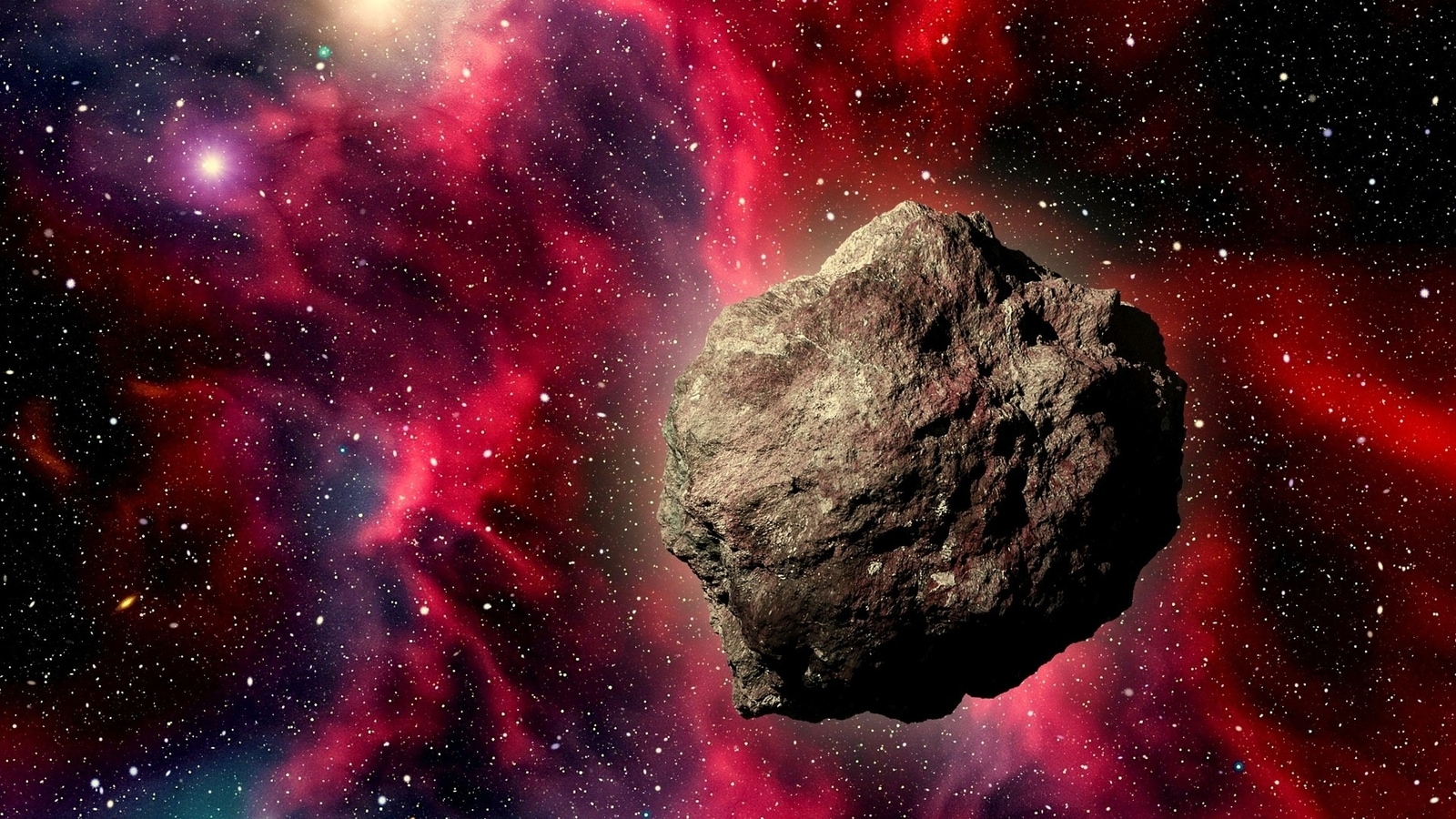Mysterious RED asteroids found around Neptune could reveal big secrets
Neptune is surrounded by strange red asteroids. And now, a study claims that they could open a window to the origin of the solar system.



_1639115875543_1639115887157.jpg)


 View all Images
View all ImagesThe fascination of scientists with understanding the origin of the solar system is never ending. Recently, in an attempt to uncover the secrets around it, NASA sent its OSIRIS-REx spacecraft to collect samples from asteroid Bennu, which will reach Earth in the later half of this year. And now, out of the same curiosity, astronomers have turned to Neptune to understand this grand mystery. Not exactly Neptune, but the area surrounding it, which is filled with mysterious red asteroids. A new study claims that it could reveal how our solar system came to be.
The study was conducted by NASA astronomer Bryce Bolin and has been published in the journal Monthly Notices of the Royal Astronomical Society: Letters. The study focuses on the red color of the asteroids and highlights that the color points towards some rare compounds which are not seen in asteroids in the inner solar system. And that, according to Bolin, could reveal a lot about the early days of the solar system.
Red asteroids can unlock the mystery of solar system
These asteroids, also known as Neptunian Trojans, revolve around the Sun parallel to the planet. They are located in the gravitationally stable points between Neptune and the Sun and between Neptune and Pluto. They were first discovered in 2001 and till date less than 50 such space rocks have been properly identified.
In the study, Bolin's team synthesized data from four different telescopes to track 18 red asteroids. The process which took two years to complete, also analyzed the red color of the asteroids. According to the analysis, the red color comes from volatile compounds like ammonia and methanol. These chemical compounds are frozen into ice. The researchers believe that the asteroids closer to the Sun also contained these compounds but because of the heat from the Sun, these compounds evaporated, leaving behind the gray, rocky structures.
But if this postulate is correct, it would mean that the red asteroids around Neptune probably came from farther away and were drawn towards the planet in the early days of the solar system and were trapped.
This would mean that a deeper analysis of these asteroids can reveal the formation of asteroids in the solar system and how their structure and composition changed over the course of 4.6 billion years.
Catch all the Latest Tech News, Mobile News, Laptop News, Gaming news, Wearables News , How To News, also keep up with us on Whatsapp channel,Twitter, Facebook, Google News, and Instagram. For our latest videos, subscribe to our YouTube channel.






























